
Dewar et Gicquel chez Rodin Allégorie
British-French artist duo Daniel Dewar and Grégory Gicquel are known for their works that explore the relationship between labor and production, and the blurring boundaries between animate and inanimate realms.

Dewar et Gicquel chez Rodin l'idée Rodin
Daniel Dewar & Grégory Gicquel Body of Work Multi-layered, interwoven, constructed, worn down, humorous, sometimes irritating and unsettling, sleek, and often massive. These are only a few of the possible ways of capturing the work of Daniel Dewar and Grégory Gicquel in words, after their twenty years together as an artistic duo.
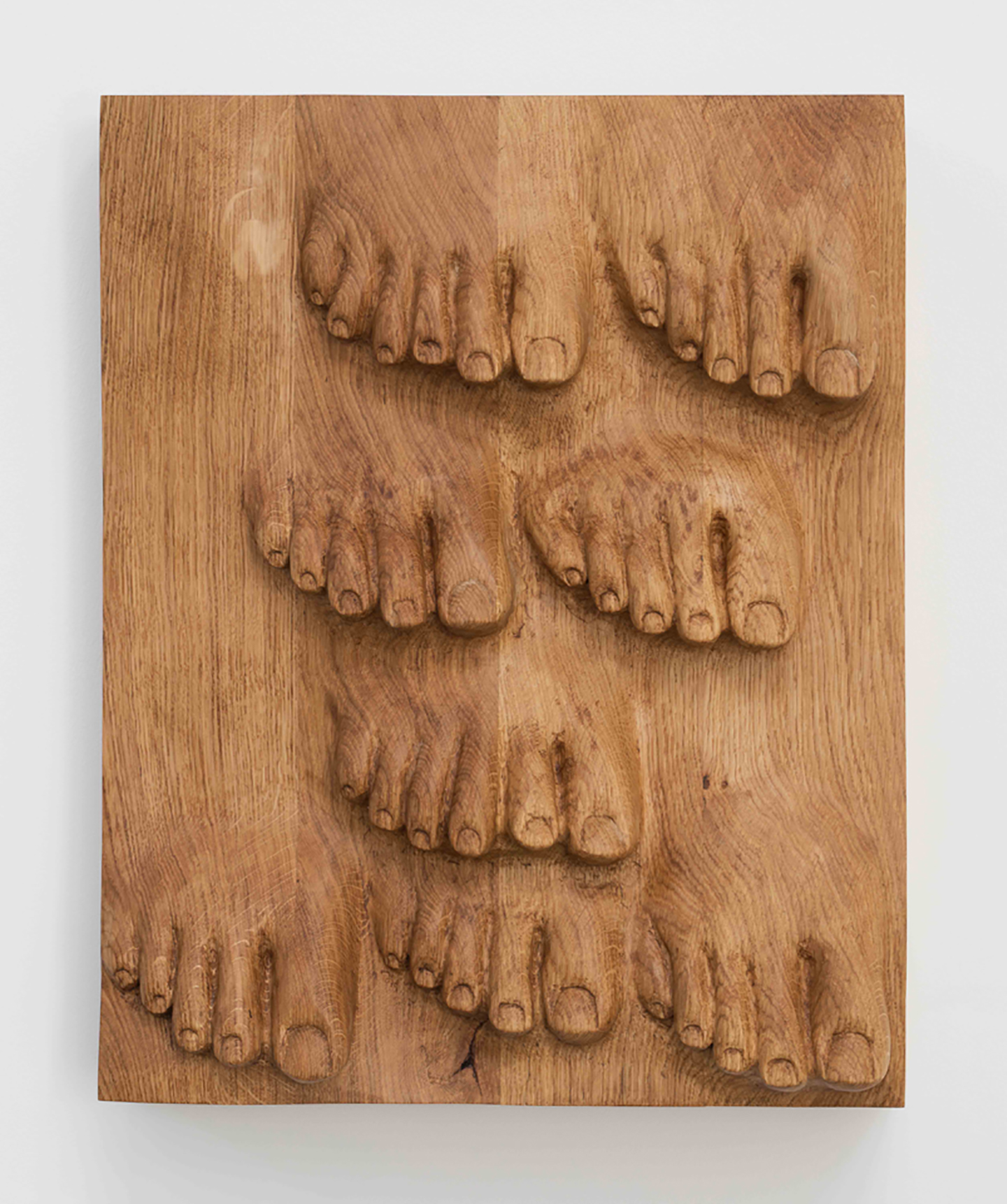
Daniel Dewar & Grégory Gicquel ”Animals and Sculpture” at CLERING, Brussels •Mousse Magazine
Daniel Dewar & Gregory Gicquel Legs From tapestry weaving to granite carving, from chain sawing to firing ceramics, Daniel Dewar and Grégory Gicquel's (b. respectively in 1976 and 1975, they both live and work in Paris) artistic lexicon creates a joyful— albeit erudite—hodgepodge of types.
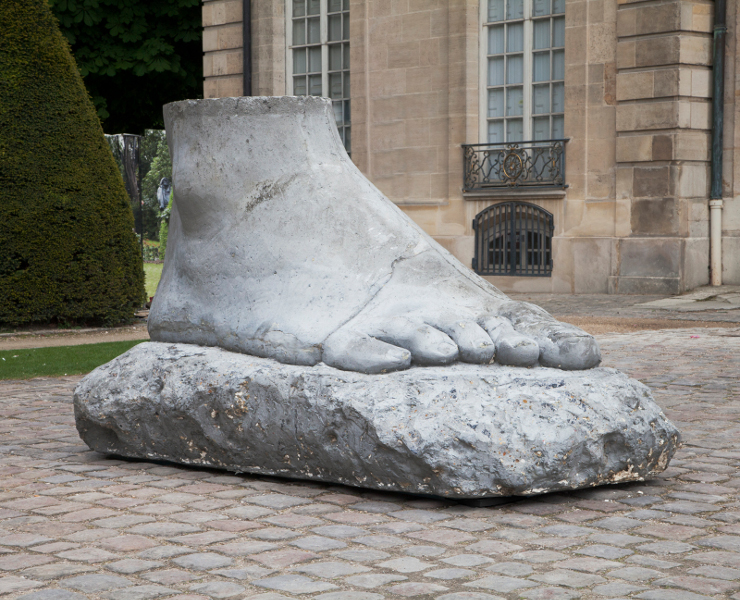
Art Absolument Les expositions Daniel Dewar / Grégory Gicquel La Jeune Sculpture
Continuing its dialogue with contemporary art, the Musée Rodin is opening the garden of the Hôtel Biron to the artist duo Dewar & Gicquel. Working together since they met in 1997 and winners of the Prix Marcel Duchamp award in 2012, they explore a highly experimental path between erudition and amateurism, the re-examination of the history of art and the showcasing of craftsmanship.

Galerie Loevenbruck, Dewar et Gicquel en 2020 Sculpture classique
Daniel Dewar & Grégory Gicquel, Artforum, December 2020, by Amanda Sarroff. Daniel Dewar and Grégory Gicquel's Eco-Erotic Sculptures, Frieze, October 2020, by Tom Engels. Flash Art 2018, by Alexandre Stipanovich

Dewar et Gicquel chez Rodin architecture
La Jeune sculpture, Daniel Dewar et Grégory Gicquel La Jeune sculpture, Daniel Dewar et Grégory Gicquel. Poursuivant son dialogue avec l'art contemporain, le musée Rodin ouvre les jardins de l'hôtel Biron au duo d'artistes, Dewar et Gicquel, lauréats en 2012 du Prix Marcel Duchamp, attribué pour la première fois à un modèle de.
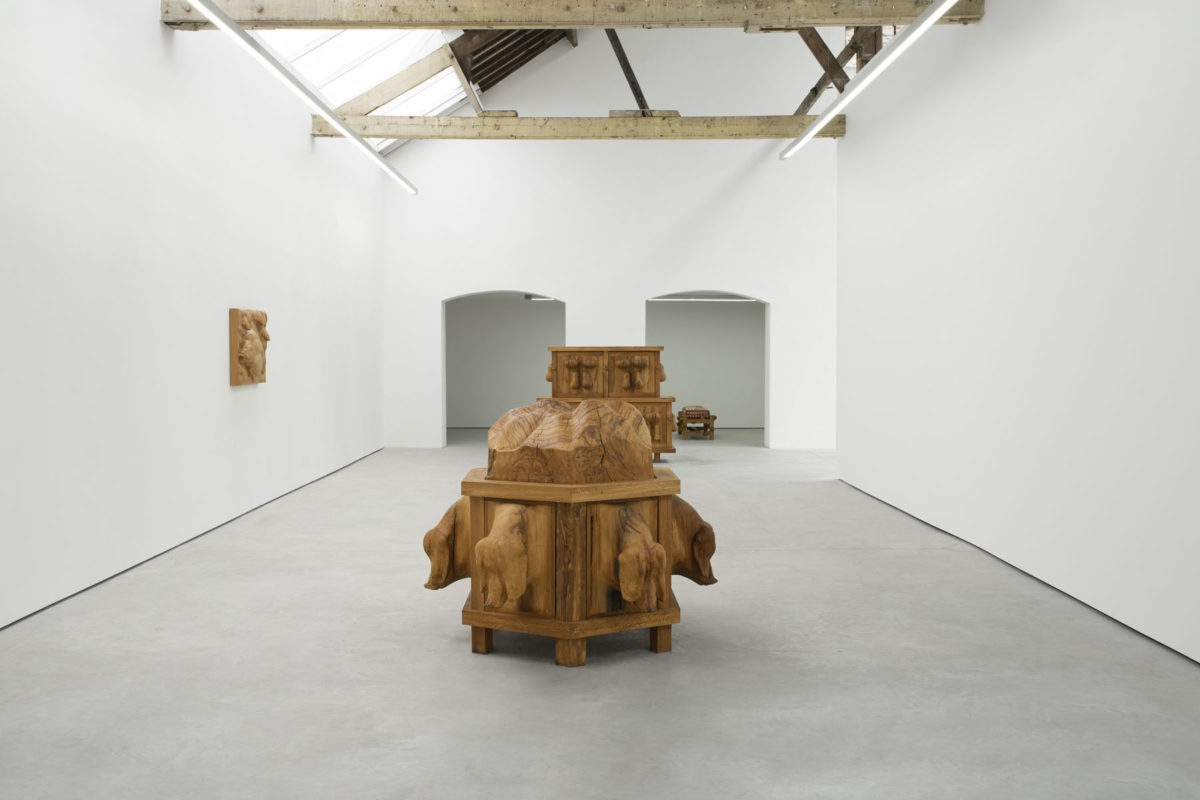
Daniel Dewar & Grégory Gicquel at C L E A R I N G Art Viewer
The artwork The recorder, the tap, the work boot, the mobile phone, the pencil, the pearl necklace, the derailleur, the pear, the computer mouse, the spool of wire, the loaf of cramic bread, the calculator and the tennis ball by Daniel Dewar and Grégory Gicquel can be seen at the Brucity Administrative Centre of the City of Brussels (Rue des Halles 4 - 1000 Brussels).
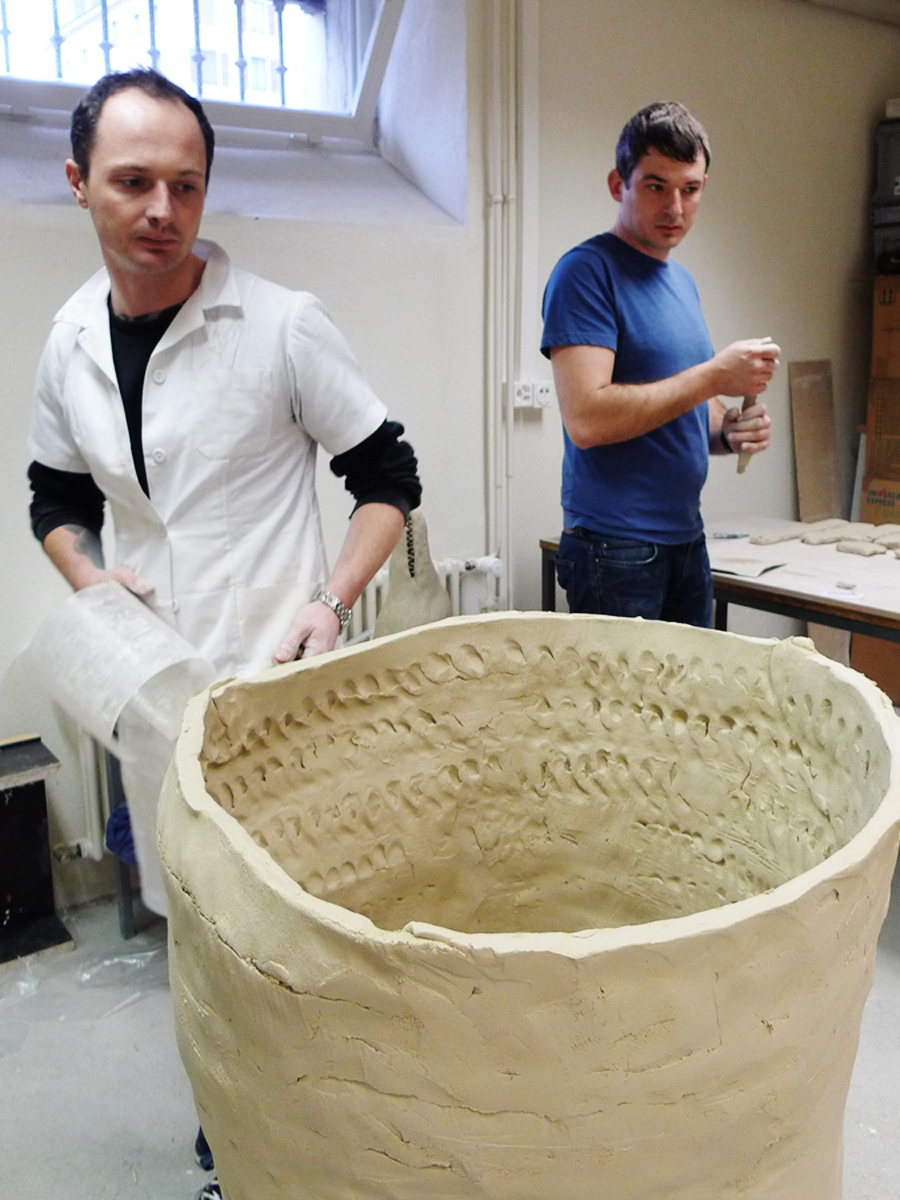
Une curiosité de qualité Dewar & Gicquel
Artists: Daniel Dewar & Grégory Gicquel Exhibition title: The Bidet and the Jar Venue: MACRO, Museum of Contemporary Art of Rome, Rome, Italy Date: June 9, 2023 - January 14, 2024 Photography: images copyright and courtesy of the artists and MACRO, Museum of Contemporary Art of Rome Through the use of traditional craft production techniques and materials, the British-French artist duo.

Image result for Dewar & Gicquel Tapestry art, Art fair booth, Art
Dewar and Gicquel once again confound a strict division of manual labour and mechanized process, further complicating the work with three identical cushions, one on each bench, machine-embroidered with repeating rows of an abstracted digitalis ('finger-like') flower pattern to accentuate the opposition between hand and machine.

Daniel Dewar, Grégory Gicquel at Portikus Contemporary art daily, Contemporary art, Dewar
Daniel Dewar & Grégory Gicquel Body of Work September 6 - October 20, 2019 Opening Friday, September 6, 6 - 9 PM Jan Kaps is pleased to present an exhibition on the work of Daniel Dewar & Grégory Gicquel, the artists' second with the gallery. Taking the form of a select survey of work, the exhibition includes works from 2006 to the present, and further highlights the different media—from.

Daniel Dewar et Grégory Gicquel. Prix Marcel Duchamp 2012. Du 25 septembre 2013 6 janvier 2014
Daniel Dewar & Grégory Gicquel Orange juice From 24/02/2013 to 19/05/2013 Book now After "Crêpe Suzette" in Bristol in 2012, it's time for "Orange Juice" at the Palais de Toyko in 2013. The exhibition is not about food but rather presents the sculptural experiments of Dewar & Gicquel adapted to stop motion film.
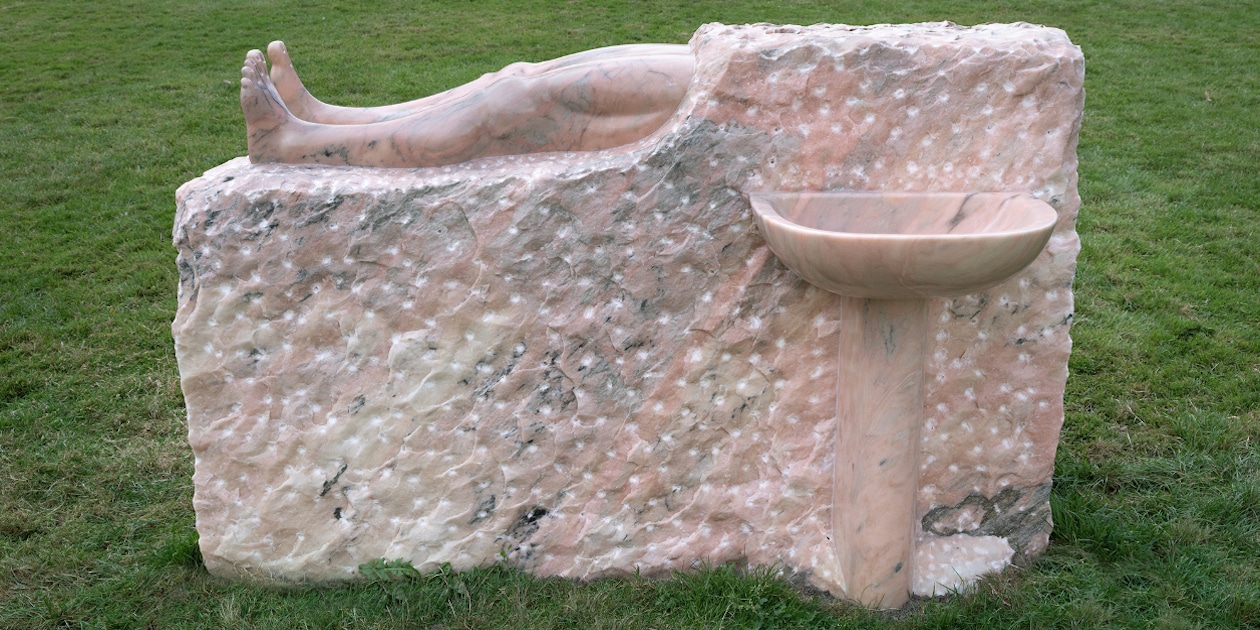
Dewar&Gicquel du bloc de marbre au bloc sanitaire Sdbpro
Daniel Dewar & Grégory Gicquel Stoneware jar with body fragments and snails, 2023 C L E A R I N G Price on request Discover and purchase Daniel Dewar & Grégory Gicquel's artworks, available for sale. Browse our selection of paintings, prints, and sculptures by the artist, and find art you love.

Daniel Dewar et Grégory Gicquel, lauréats du Prix Marcel Duchamp 2012 Pierre Huyghe, Marcel
At first glance, the artist duo Daniel Dewar and Grégory Gicquel's works may seem like anachronisms in this era of the ascent of digital technology: the two have spent years experimenting with a wide range of materials and techniques that they first had to teach themselves and for which they sometimes even needed to make their own equipment such.
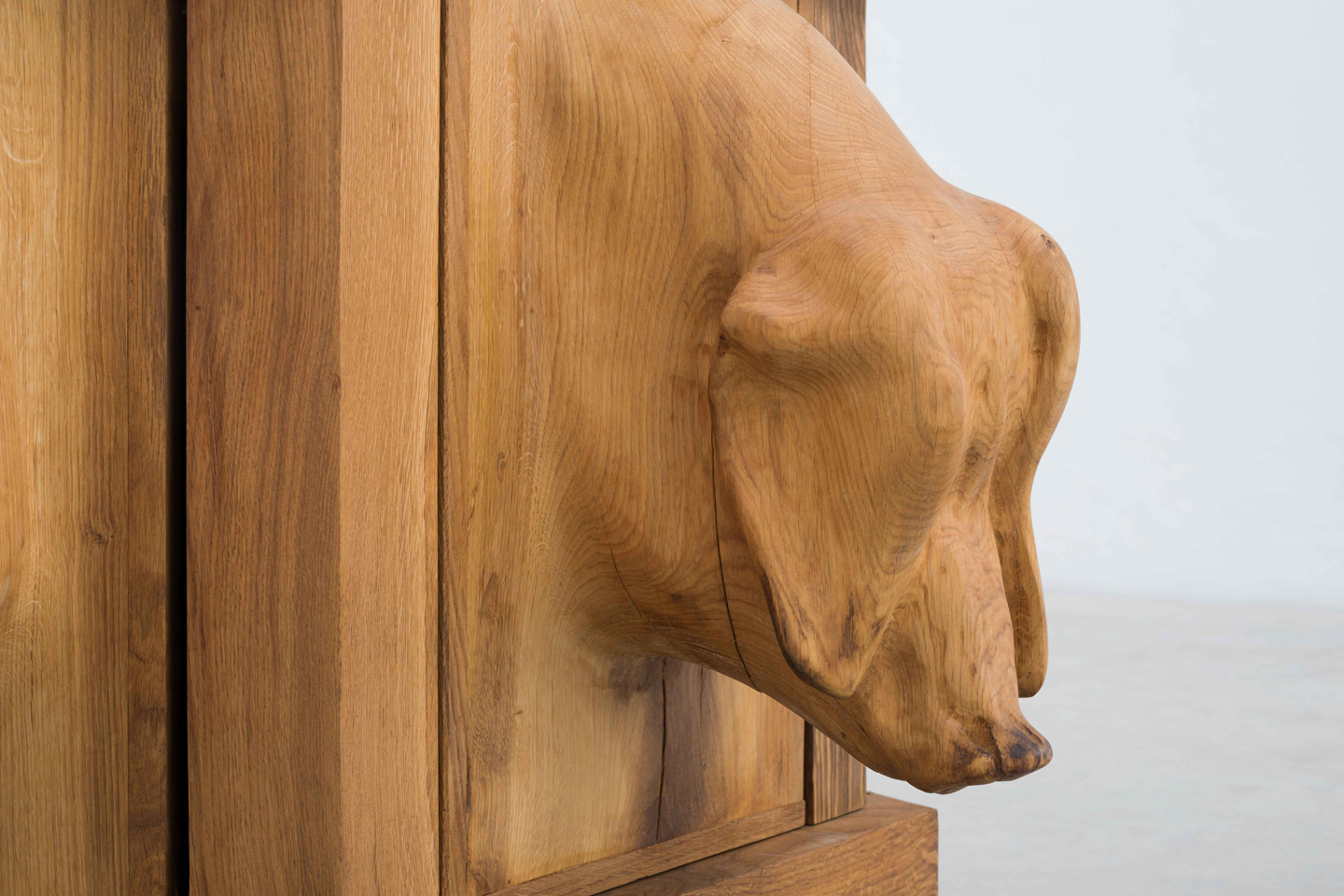
Daniel Dewar & Grégory Gicquel ”Animals and Sculpture” at CLERING, Brussels •Mousse Magazine
Daniel Dewar & Grégory Gicquel Biography Daniel Dewar Born in 1976 in Forest of Dean, UK Lives and works in Brussels, BE Grégory Gicquel Born in 1975 in Saint-Brieuc, FR Lives and works in Plévenon, FR Education 1997 - 2000 Ecole des Beaux-Arts, Rennes, FR Solo exhibitions 2022 Culturgest, Lisbon, PT Mendez Wood, Sao Paulo, BR 2021
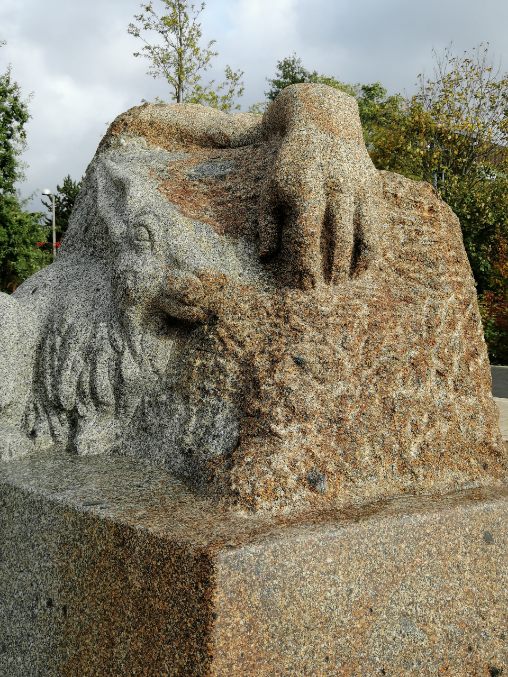
Inauguration of Rocher en Granite avec Bras, Lièvres et Banc by artists Daniel Dewar and Grégory
25 SEPTEMBER 2013 - 6 JANUARY 2014 Since they first met in 1997 at the École des Beaux-Arts de Rennes, Daniel Dewar and Grégory Gicquel have together developed a body of work based on experimentation (often carried to the extreme) with materials traditionally used in sculpture and crafts.

Dewar et Gicquel chez Rodin sans titre
For years, Dewar and Gicquel—who met in art school in 1998 and have collaborated ever since—have embraced the role of dogged ama- teurs, autodidacts. They taught themselves to work in unfired clay, ceramic, stone, weaving, and, most recently, wood, sometimes even first learning about and then building the very tools (a giant loom, a wood.